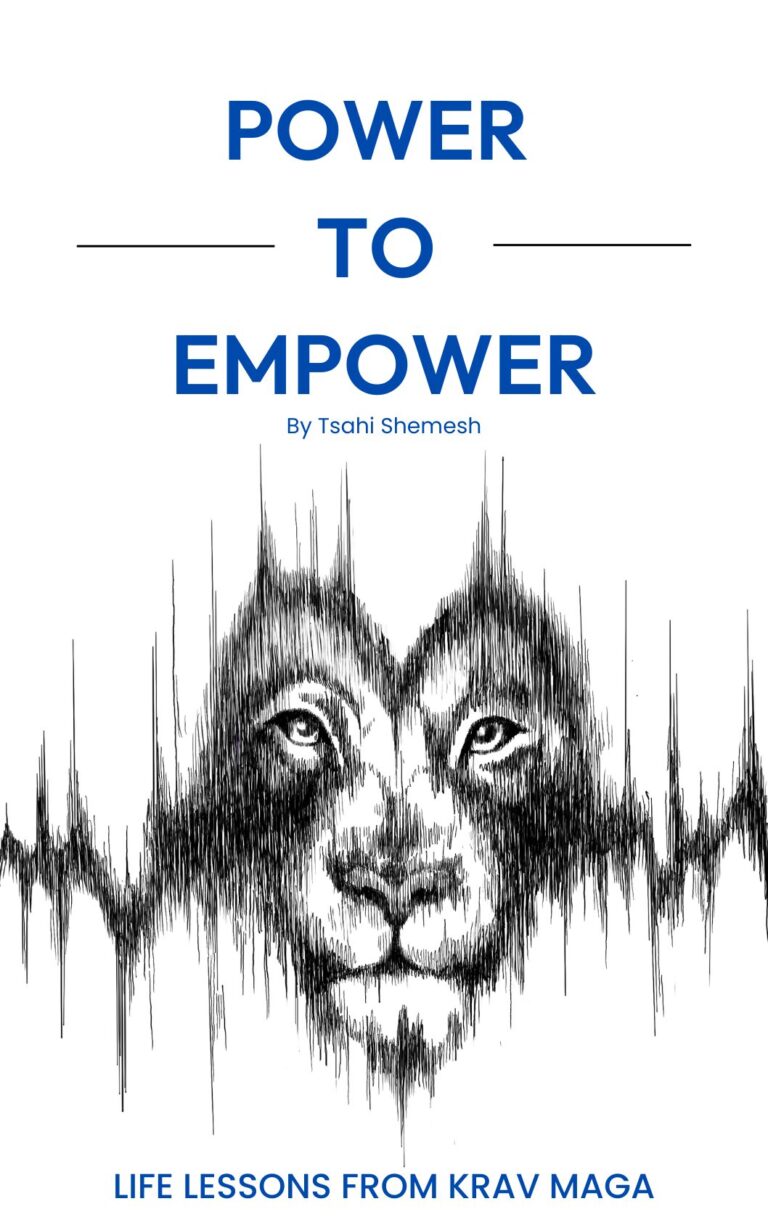Why Self-Defense Training Breaks the Freeze Response
Most people know the phrase “fight or flight.” Some have heard of “freeze.” But very few understand what freeze actually looks like in real life. It’s not always paralysis. It’s not dramatic. It’s often subtle. And it gets misread all the time.
Someone stays silent in a meeting. Someone avoids confrontation. Someone always agrees with what others say. Most people label this as personality. Shy. Polite. Easygoing.
That’s the mistake. What you’re often seeing isn’t character. It’s a conditioned survival response. It’s what happens when the nervous system doesn’t know how to respond to pressure. The body keeps moving. The person functions. But they’re not choosing. They’re stuck.
This is what I call a functioning freeze.
It is Not Just a “Personality” Trait
The functioning freeze is common in daily life. It shows up in meetings, classrooms, friendships, relationships, and even on the mat. It looks like an agreement. It looks like calm. It’s not.
It’s someone who doesn’t set boundaries because their system never learned how.
It’s someone who laughs when they’re uncomfortable.
It’s someone who says yes to things they don’t want.
It’s someone who watches something wrong unfold and does nothing.
This isn’t passivity. It’s self-protection.
The nervous system makes the call. Stay quiet. Stay agreeable. Don’t make waves. That pattern didn’t start in adulthood. Most of the time, it began years earlier. A household where speaking up wasn’t safe. A social environment where being noticed brought pain. A history of conflict, stress, or betrayal that trained the body to keep the peace at all costs.
Everyone Experiences Trauma
Trauma is anything that overwhelms your system and leaves a lasting imprint. It doesn’t have to be violent or dramatic. It just has to be too much for too long with too little support.
Most people have lived through something that shaped their nervous system.
Some carry it quietly. Some don’t even realize it’s there.
Not everyone develops PTSD. About 6 percent of adults meet the clinical threshold. The numbers go up in populations exposed to violence, neglect, or repeated stress. But many people still live with trauma responses even without the diagnosis.
The deciding factor isn’t how extreme the event was. It’s whether you had the capacity to deal with it. If the answer is no, your system finds a way to cope. It builds habits to keep you safe. It’s not logical. It’s biological.
Most People Lack Resilience
A hundred years ago, life was hard in a different way. People worked to survive. They didn’t expect comfort. They didn’t expect things to be fair or easy. When something broke, you fixed it. When winter came, you were ready. Hardship was the baseline.
That shaped people. They had less time to spiral. Everyone was carrying weight, so no one expected a soft landing.
Now the world is different. More comfort. More safety. More complexity. Less exposure to real stress. So when small things go wrong, people fall apart. A missed message feels like abandonment. A hard conversation feels like an attack. A canceled plan triggers panic.
The body reacts with the same intensity as it would in a crisis. Not because the event is extreme. The system just never learned how to handle pressure.
Resilience Isn’t Given. It’s Earned.
Resilience is not a mindset. It’s a skill. You don’t get it by thinking about it. You build it by facing stress and staying in the process long enough to realize you can handle it.
You don’t need perfect conditions. You need exposure. You need structure. You need pressure that stretches your system without breaking it. That’s how capacity grows.
No one can give this to you. You can’t read your way into it. You can’t talk your way into it. You have to feel it in your body. You have to feel yourself act when your instincts tell you to shut down. You have to override hesitation with motion. That’s how the pattern starts to shift.
Self-Defense Training as Therapy
Talk therapy is important. It helps make sense of your story. It brings clarity to behavior that once felt confusing. It gives language to what happened.
But talk doesn’t change the body. The freeze response doesn’t care how much insight you have. It’s not a thought pattern. It’s a motor pattern. You can understand every part of your trauma and still shut down the moment stress hits.
That’s where training comes in. It puts you under pressure in a controlled environment. It gives you structure and repetition. You don’t just talk about the fear. You move through it. You build options. You teach your system that silence and compliance are not the only exits.
In Krav Maga, we do more than teach physical technique. We retrain the body to act under stress. We remove hesitation. We replace it with practiced responses. The work is uncomfortable. That’s the point. It’s how you know it’s real.
If you want to stop freezing, you need exposure to measured stress in a safe and controlled environment. The kind that teaches your system how to respond. Through structure, repetition, and pressure, you build capacity. You don’t override the freeze by thinking about it. You override it by doing. That’s what we train on the mat. And the results speak for themselves. Resilience is built by going through something hard and coming out stronger on the other side.
Do something amazing,
Tsahi Shemesh
Founder & CEO
Krav Maga Experts
Related articles:
1. Recovering From Trauma With Krav Maga / Self-Defense Training
This article shares a powerful true story of a woman who experienced a traumatic event and how Krav Maga training helped her regain control over her life. It illustrates the real-world application of overcoming a freeze response through structured training.
2. How We Can Help Heal Trauma & Anxiety?
This piece discusses how Krav Maga training addresses not just physical defense but also emotional healing. It emphasizes the importance of structured exposure to stress in a safe environment to build resilience and overcome trauma-induced responses.
3. Transforming Fear Into Power: The Training Mat as a Form of Exposure
This article explores how the training environment in Krav Maga serves as a form of exposure therapy. It aligns with your emphasis on the necessity of experiencing discomfort in a controlled setting to build resilience and counteract the freeze response.


Thank you for this Tsahi.
Some days I come to the mat when I’m feeling pretty low knowing that not only will moving through it physically help me but also with the understanding that events and people who intend harm do not care if I’m feeling low one day.
I always come off the mat feeling so much better!